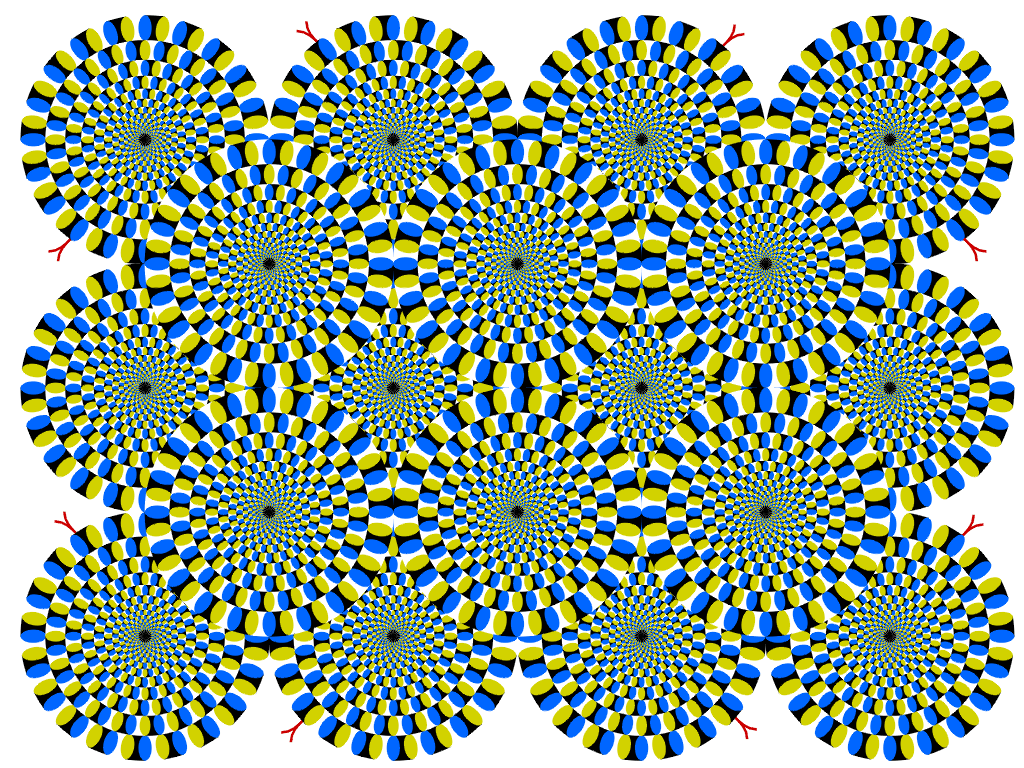Author and consultant, N Chandramouli, gives an insight on how proper communication is essential for a business to thrive.
(extract of a Q&A in DNA)
(extract of a Q&A in DNA)
 |
| N Chandramouli |
A chemical engineer turned com-municator, N Chandramouli's business experience began with chemicals and then he jumped on to stock-broking, banking and exports. His engagement with communication since the last 15 years has obsessively consumed him since then. With his unique combination of engineering background, communication business experience and his other entrepreneurial exposures, Chandramouli conducts lectures in several communication colleges and is also the author of recently published book 'Decoding Communication '. He talks to Rajesh Rao on how he has brought an inimitable perspective to communication.
How can communication help one to make the best use of opportunities?
The world's commerce and mankind's development is crucially dependent on communication; the type of communication that helps promote ideas. Though the potential of these trillion dollar ideas to grow and build the future is high, their ability to contaminate and destroy opportunities is equally quite astonishing.
Innovative and useful products fail, organisations are unable to align vision, investors are quickly disheartened and seek exit - and all this and more is not because of what organisations did was wrong. Most of the times, it is because organisations could not effectively communicate correctly their service, vision and product benefits, or because they totally misunderstood their audiences.Doing these very same things correctly will utilise the true potential of every opportunity.
How can one use words, images and ideas to impact thoughts and action in a better way?
When we look around us, we see a progressive atrophy that inflicts most brands, forcing them to seek expensive artificial means of sustenance that unfortunately provide only cosmetic benefits. If brands are to flourish and strengthen, they need to build inner strength. Existence of brand levity, this natural strength that works against degeneration is a true sign of great brands. Brand levity has four aspects which give a brand the ability to oppose gravitation forces that pull it down. These are memetic integrity, purpose, involvement sphere and ownership.
Do students today understand the subject of communication in its entirety and how can it make a difference to their lives as well as work?
Quite early, I recognised the importance of theory - a process intended to set a firm grounding for a systematic approach to any subject. Its deficiency in communication causes a significant transactional gap between teaching and doing, leading to a massive waste of communication effort and business opportunities. Decoding Communication is the cumulative result of my various research endeavours to understand and bridge this gap.
What are the various factors that make communication work?
Let me describe communication that works as one that is able to create an inherent magnetic pull in its audience. This pull called 'brand appeal' can be classified into four categories to make them easy to analyse. Two of them, rational and emotional appeal, extensions of Aristotle's Logos and Pathos, are usually a part of many contemporary communication exercises. In here, we look at them with a fresh perspective. The other two aspirational and communication appeal are new introductions, derived over several years of research, observation, discussion and empirical applications.
Why is communication a less understood process?
The life of a modern business is not easy as each of its actions carries the potential to propel or impede an organisation substantially. The sheer complexity of businesses, information overload, unlimited potential and possibilities of overnight business obsolescence add to the every day risks of the business. The more we have, the less we are able to absorb and now we only absorb from the surface, on the surface. Communication, however, is only understood when it is a deeper process.





















